A Vast NeedMore than half (perhaps 4.5 billion) of the world's population of eight billion prefer to learn by oral (rather than textual) means -- either because they can't read, use a language that isn't written, or are part of an oral-preference culture.1 Even in highly-literate societies, oral methods are the choice of many.How, then, are they to hear the Gospel and study Scripture? While direct person-to-person communication is always desirable, recorded audio plays a crucial role and can be particularly effective for:
What, then, are the options for delivering audio Gospel content? Option 1: Cell Phones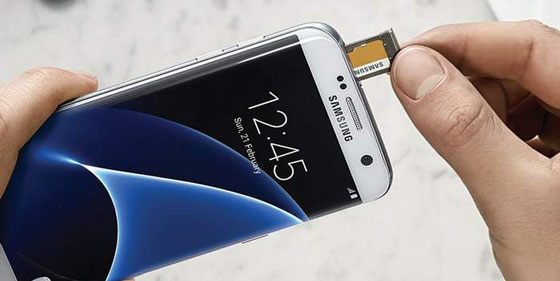 Perhaps more than half of the world's population has ready access to a mobile phone with a memory card slot or is able to access wireless or Bluetooth downloads. For this group, ministry organizations can provide content with a MicroSD card, or through a Wi-Fi or Bluetooth transmission. A number of free apps exist for accessing many of the world's audio Bibles. 
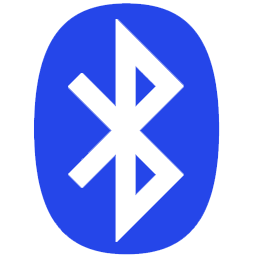 Option 2: Gospel Radio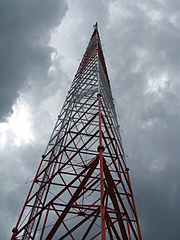 With the equivalent power of a light bulb, a small radio station can reach an area of many square miles. Radio is also anonymous -- important in areas where governments track internet usage or downloads. Option 3: Dedicated Audio DevicesThese cell phone and Gospel radio approaches are being widely pursued, and very effectively used, all over the world by many agencies and individuals.However, there is another option -- dedicated audio devices -- also in broad use, but within which we believe a particular opportunity has not been well-exploited. Audiences where a dedicated audio device may be appropriate include: Among Potential Cell Phone UsersAmong the web-accessible cell audience, users may not follow through on visiting provided links, or may face prohibitive connection charges, or may be wary of, or blocked from visiting non-approved websites. In many locations cell coverage is spotty, allowing access only during brief periods when a user moves (or travels some distance) into coverage.Among those receiving microSD cards, while these slots have been ubiquitous on non-Appletm phones, they may become less available in the future as phone manufacturers push internal memory.3 Some users may also be reluctant to displace the memory card they are already using for their own content. In poorer nations, users often repurpose a Gospel memory card for personal videos or music. For all cell users, there is constant competition for attention by other apps, websites, games, calls, and texts, that may distract from focused use of Gospel content. Among the Indigent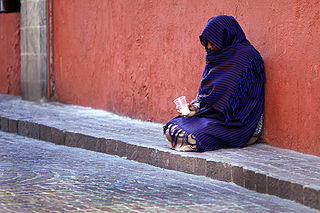 Among Potential Radio UsersSome factors that may limit the reach of Gospel radio content include:
 Among the BlindBraille is a remarkable communication medium that has given, and will continue to give, great independence to many blind persons.However, less than 10% of the US blind population reads Braille; in the UK, the figure is less than one percent; in developing nations the percentage of Braille readers is vanishingly small. Braille literacy can increase the number of readers, but providing this training to the world's 39M blind is a daunting task.  While many blind people learn to use a cell-phone with screen-reader navigation, this fraction is probably a minority of the world's blind (far fewer than the general population). Among Students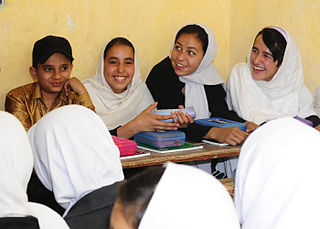 School distributions of audio devices sometimes offer an efficient means of reaching entire families. Among Other Unique GroupsPrisoners are often not be permitted to have mobile phones. There is a need for easily-operated devices in hospitals, for shut-ins, and in hospice care. In remote areas, whole communities lack cellular service and sometimes phones. SummaryAll of these distribution methods and approaches are critical, effective tools that are each needed and fill unique niches. We ought to deploy them wisely, appropriately, and in a complementary fashion.NextDoes Scripture suggest how we might think about Gospel audio distribution? |
Copyright © 2018-2025